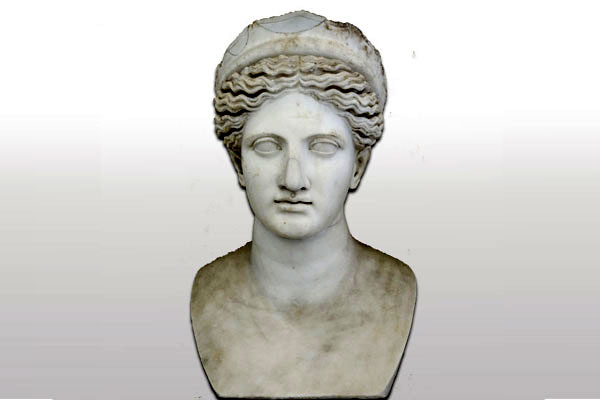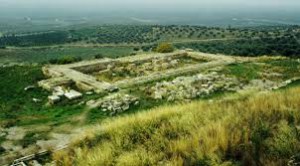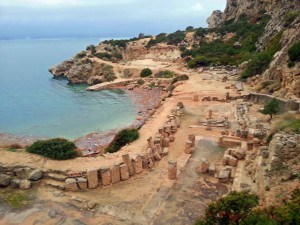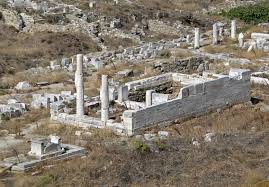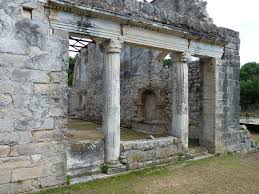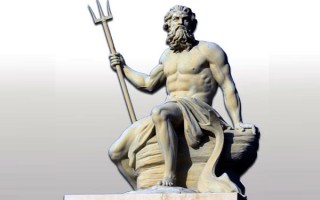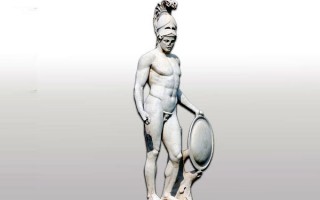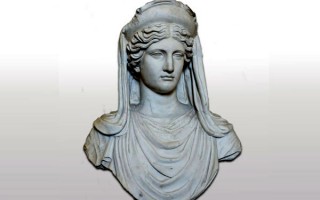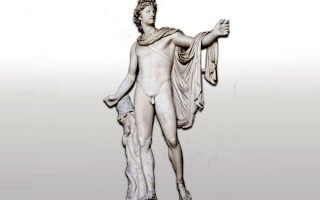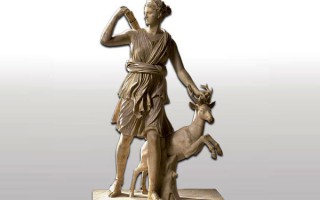The so-praised, by the Orphic hymn, as «airy-formed» and “queen of all” goddess Hera, who became the “blessed consort” of Zeus, was the daughter of Kronos and Rhea. For Homer, she was raised by Oceanus and Tethys, while others believed that it was Temenos, the son of Pelasgos, who had raised her or the Horae. Being the goddess who was “mixed with venerable air”, she was born on many lands: Samos, Argos, Euboea and Arcadian Stymphalos.
The “Tonaia” festival was celebrated every year, in her honor, on the island of Samos. During the rituals, her cult statue was carried to the beach for purification and sweet offerings were placed in front of it. And, as the poet says, “she tosses and turns in the rushing wind and bathes in the waters”: this is the moment of her ritual annual purification bath. The participants to the rites wore wreathes of wicker and laurel. Other divine plants, with which the goddess was connected, were the pear tree –her cult statue, in her sanctuary of Argos, was made of pear wood- the helichrysum, the pomegranate and the lily. Her animal-symbol was the peacock.
For three hundred years, Hera was having a secret love affair with Zeus in a hidden place on mountain Kitheron, away from their parents. Zeus had sneaked in her hug, in the form of a cuckoo. The poet Kallimachus mentions Samos as the land of their first intercourse. For others, their marriage took place on the open ocean.
DodekaTravel.gr © 2017 | 2022

